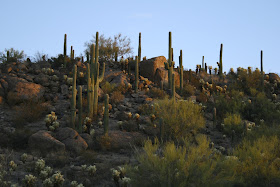Dear Friend,
Yellowstone National Park’s famous Cottonwood Pack has just been destroyed -- all the adult wolves have been killed and the surviving pups will likely die without their wolf family. These are just some of the latest victims of the federal government’s likely illegal decision to eliminate vital protections for our wolves in Greater Yellowstone and the northern Rockies.
Please sign Defenders of Wildlife's petition and urge Interior Secretary Ken Salazar to immediately take action to restore protections for these amazing animals.
The next few weeks will be crucial for our wolves in the Greater Yellowstone region. The future of wolves in the northern Rockies is at a crossroads -- and it will take the voices of caring wildlife supporters like you and me to make a difference.
Yellowstone National Park’s famous Cottonwood Pack has just been destroyed -- all the adult wolves have been killed and the surviving pups will likely die without their wolf family. These are just some of the latest victims of the federal government’s likely illegal decision to eliminate vital protections for our wolves in Greater Yellowstone and the northern Rockies.
Please sign Defenders of Wildlife's petition and urge Interior Secretary Ken Salazar to immediately take action to restore protections for these amazing animals.
The next few weeks will be crucial for our wolves in the Greater Yellowstone region. The future of wolves in the northern Rockies is at a crossroads -- and it will take the voices of caring wildlife supporters like you and me to make a difference.
In just a few days, more than 80,000 supporters have signed on to this powerful petition. Let's help Defenders reach its goal of 100,000 signatures to send a powerful message to Interior Secretary Salazar.
Please sign on today and help support a lasting future for wolves in America.
Please sign on today and help support a lasting future for wolves in America.
Thanks!
































































